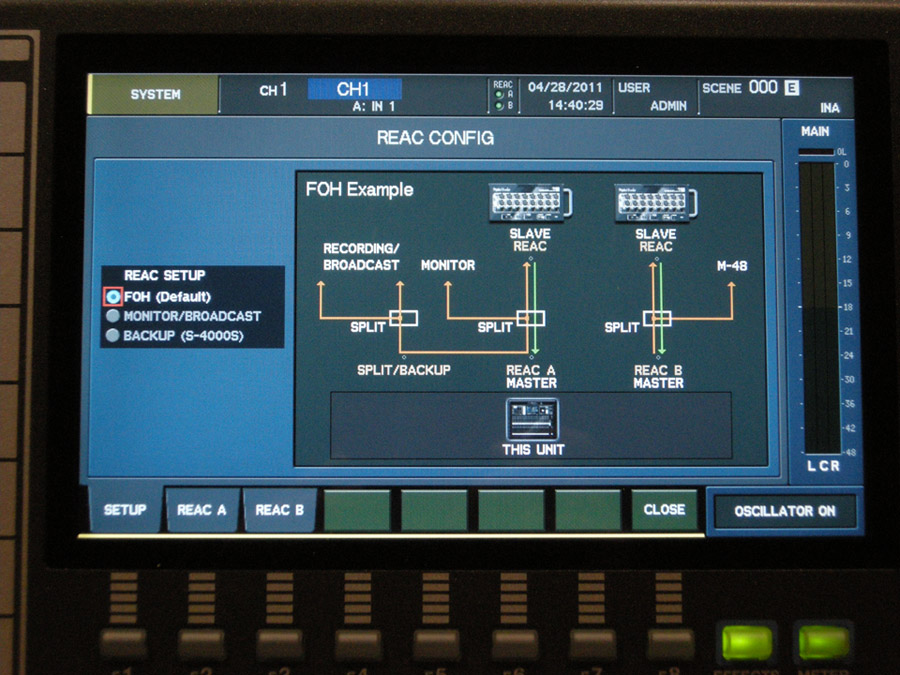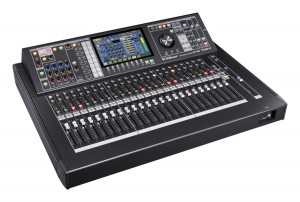This paper is available in
Français too

Among the reasons for setting up a digital audio network, the most common is the need for routing multiple channels to a small number of fixed destinations. For example, between the stage and the FoH console. Therefore, in most cases it may not be necessary to resort to extremely powerful network systems, which require specialized expertise and heavy administration. Roland REAC is a solution in these situations.

One of the most common objectives in the development of audio networks is a desire to simplify wiring. Indeed, we know large multicore cables (“snakes”) that transport large numbers of signals between consoles, stages, distribution systems, recording systems, etc.. These are heavy, bulky, prone to failure, and their connection can be tedious, each end being connected to a box where the cable is broken out into simple pairs between its various origins and destinations. For data networks, there are twisted and flexible light paired cables which can transport a large bandwidth (10, 100, 1000 Mbit/s), theoretically enough to carry a large number of audio channels even encoded in the same “greedy” format, exploiting the IP and Ethernet protocols. The desire to use this type of cable is high, especially if you consider the advantage of an extremely modest price!
Another drawback of traditional multicore is its lack of flexibility. To change the wiring (signal routing) usually requires manual intervention, which is not always easy if the installation or the mobile system is not really designed for it, with well organized connection mapping, or the systematic insertion of matrix switchers to strategic locations. Presumably, a digital network should allow flexibility, where the routing should be carried out by a dynamic addressing process that is innate to network systems.







